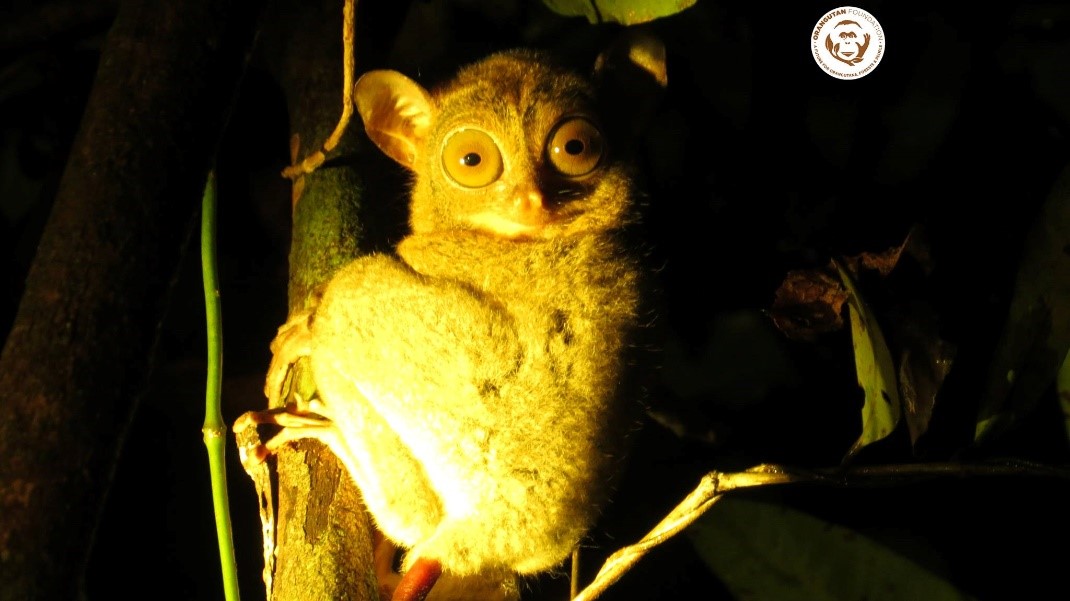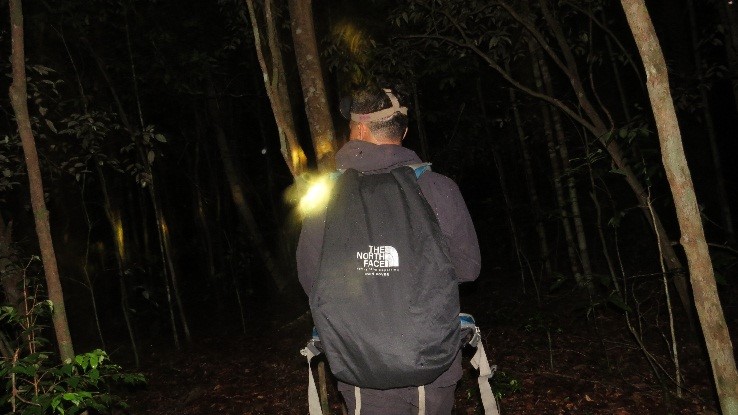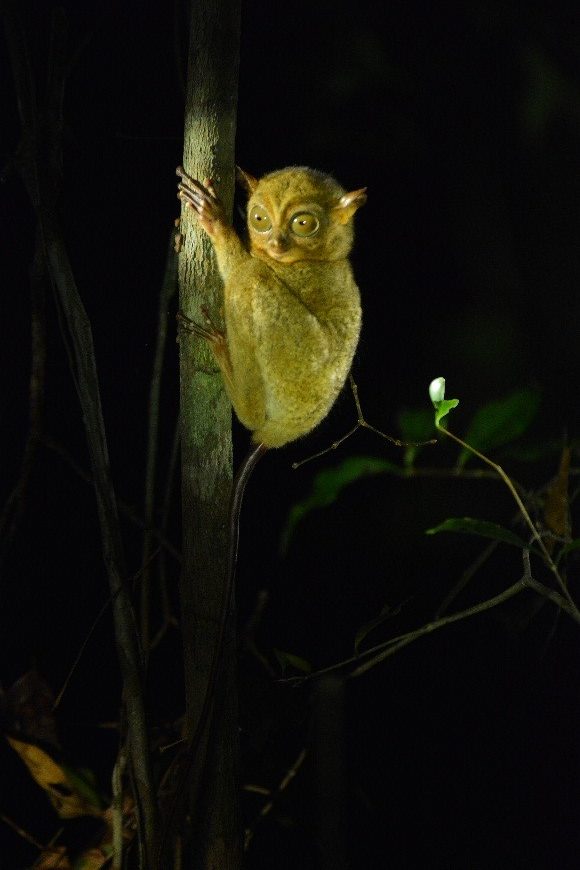The tropical forests of Borneo and Sumatra provide far more than just a home for orangutans, they are one of the most biodiverse ecosystems on Earth. Our tropical forest research station, Pondok Ambung, is situated on the banks of the Sekonyer River in Tanjung Puting National Park, Central Kalimantan , Indonesian Borneo.
Camera trap snaps a wild adult male orangutan.
Orangutan Foundation researchers monitor and track the health of this ecosystem and the species found here. Our drive to promote tropical forest ecology and conservation to Indonesian students, winning their hearts and support, is crucial to the future of the orangutan and Indonesia’s forests.
This blog post provides a snapshot of some of the species studied and the activities undertaken at Pondok Ambung this year. As you will see, many take place after dark.
Students from school SMAN 1 Pangkalan Bun on a forest night walk looking for signs of wildlife.
Bornean Tarsier (Tarsius bancanus boreanus). A nocturnal primate found at Pondok Ambung Research Station, Tanjung Puting National Park, Indonesian Borneo. March 2019. Researchers also detect their presence by the scent of their urine.
Orangutan Foundation researchers fitting camera traps, which require constant maintenance in the humid conditions and with the odd interference from wildlife too!
Introducing high school students to camera traps.
Pig-tailed macaque (Macaca nemestrina) known locally as monyet beruk
False gharial crocodile (Tomistoma schlegelii) can reach more than 5m in length.
Two excited crocodile researchers! Orangutan Foundation support their studies with a research grant.
Individual crocodiles are tagged and monitored.
Local high school students using traditional and new ways to identify species.
Phenology studies. In March, observations along a transect found 25 species of tree flowering and fruiting, many orangutan food trees such as papung and ubar.
Squirrel - feeds on fruit and nuts and can help to spread seeds when accidentally dropping them whilst gathering and carrying.



















 Pondok Ambung Research Station is used as a base from which our field staff, students and international researchers can learn more about the flora and fauna of Borneo’s forests.These studies are vital when implementing strategies to best conserve rainforest habitat in this area.
Pondok Ambung Research Station is used as a base from which our field staff, students and international researchers can learn more about the flora and fauna of Borneo’s forests.These studies are vital when implementing strategies to best conserve rainforest habitat in this area.







